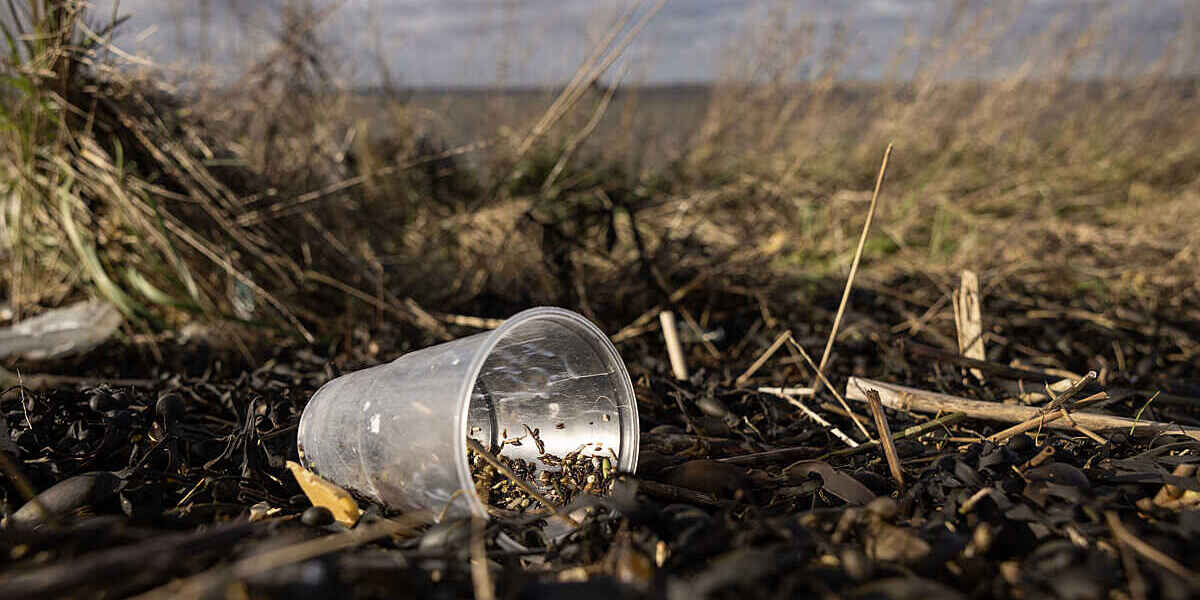

How standards address plastic pollution
Year of publication: 2023 | Edition: 1
Plastic pollution is a growing global problem, which negatively affects human health and livelihoods as well as the climate and ecosystems. There are approximately seven billion tonnes of unrecycled plastic in the world today – in landfills, oceans, rivers and in the biosphere.
Plastic debris is currently the most abundant type of litter in the ocean and its amount is expected to double within the next 15 years. By 2050, there could be more plastic than fish in the sea (by weight). This is an issue of gigantic proportions, which cuts across national borders and cannot be solved by one country alone. As the global community comes together to develop multilateral solutions (seen in the United Nations’ efforts to negotiate an international legally binding instrument to combat plastic pollution, or the World Trade Organization’s Dialogue on Plastics Pollution), International Standards can provide useful tools to help turn commitment into action.
